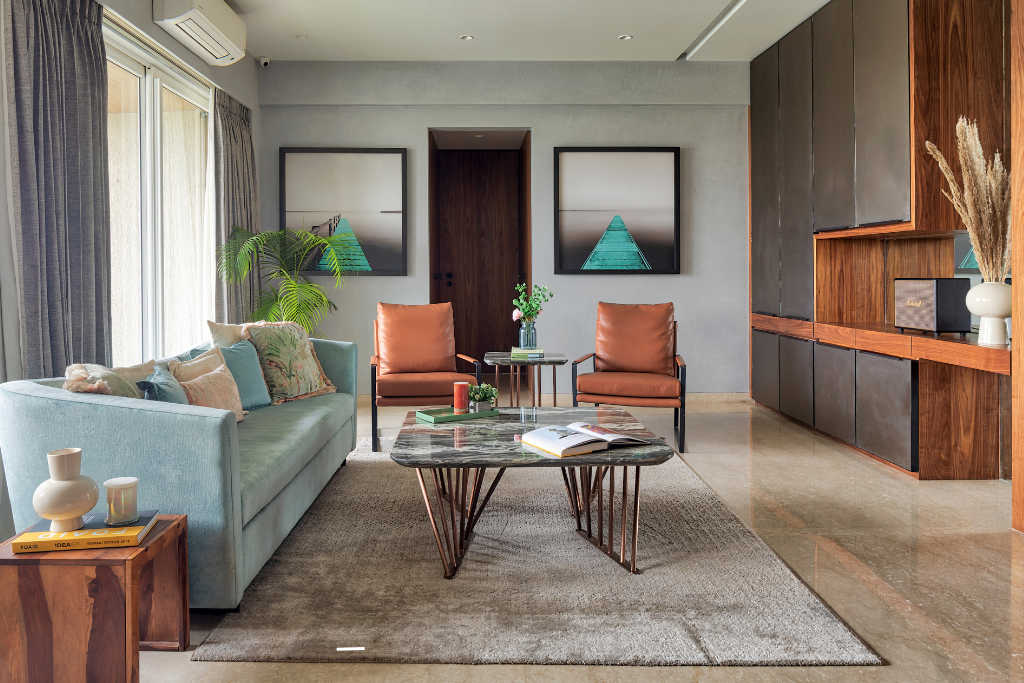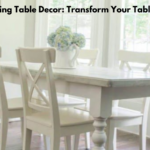It doesn’t proclaim itself. It comes softly, in the shape of a bench that seems to be exhaling, in the touch of a cabinet that appears to welcome your hand. Throughout India’s rapidly evolving design scene, a softer, more personal movement is taking hold.
A movement where furniture is not just look or use — it’s feeling. Its being there. It’s memory.
India Today interviewed Ms. Unnati Varma, Founder & Designer, UCUORO, to learn about a design change that’s more soul than spectacle — where furniture is no longer merely constructed but experienced.
“The greatest works today are crafted as much through conversation as through design”
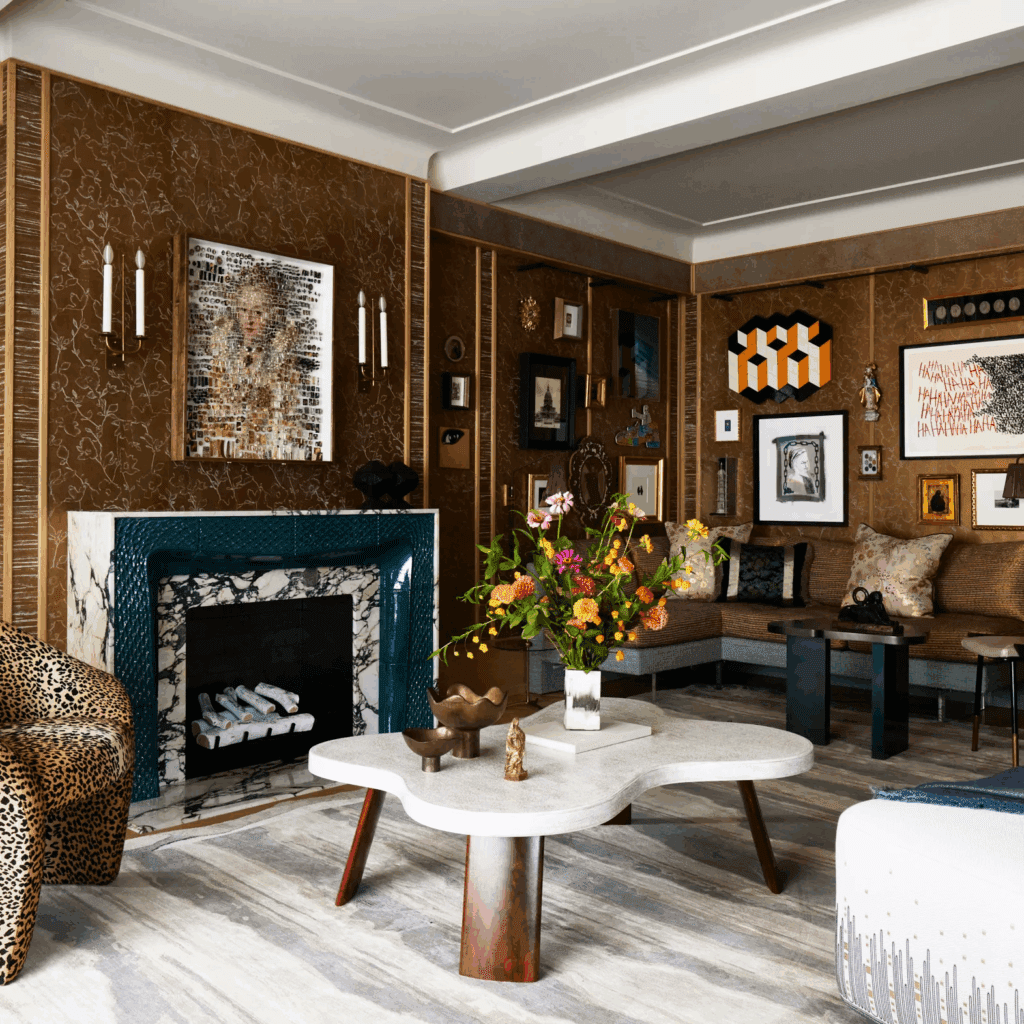
In a conversation with India Today, Unnati Varma explains that this new wave of luxury design isn’t trend-driven — it’s intention-led. “The best pieces today are shaped as much by dialogue as by design,” she shares. “We often begin not with what it looks like, but how it feels when 4 pm sunlight hits it. Or how it might age with the first scuff. That’s the emotion we’re after.”
This type of furniture is not born on factory floors, but in ateliers that crawl, slowly and deliberately, sometimes taking months to create one piece. It’s more about presence than production. Things are not made to do; they’re made to react to space, to stillness, to the stories around them.
Salons, Not Showrooms

Rather than prelaunches in stores or catalogue releases, Indian studios today are launching their works through exclusive “salons.” These are half-gallery, half-performance events, where a floor light might be launched alongside a reading of poetry or a table is rolled out to the beat of a handpan.
“There’s no sales pitch here,” Unnati observes. It’s a matter of enabling people to connect with a piece on the level of mood, sound, smell — not merely vision. It’s immersive. Close to memory theatre.
This is a method that recalls the salons of 19th-century Europe but remixed for modern India — full of cultural complexity, and not centered on luxury for status but for sensorial richness.
Where Memory Meets Material

What characterizes this Indian design wave is its intelligence of material. Recycled woods, vintage cottons, cane weaves from family heirloom baskets — every selection based in something remembered. But this is not nostalgia for the sake of it.
Even contemporary shapes possess the temperature of the past. “The Indian-ness of it,” Unnati describes, “is not in the motifs. It’s in the rhythm. The restraint. The breath the piece allows.”
A table here isn’t merely something to utilize. It’s something that contains — warmth, time, and touch.
One of the most characteristic concepts of this design movement is the blurring of boundaries — between sculpture and seating, between utility and art. A screen may act like a painting. A daybed may recall stagecraft.
But nothing is valuable or sacred. These are living things — to be worn, used, worn in until they’re soft. “They’re all about imperfection,” Unnati says. “Like a good tale, they get richer with every retelling.”
In one way, the patina isn’t harm — it’s richness.
Spaces That Slow You Down
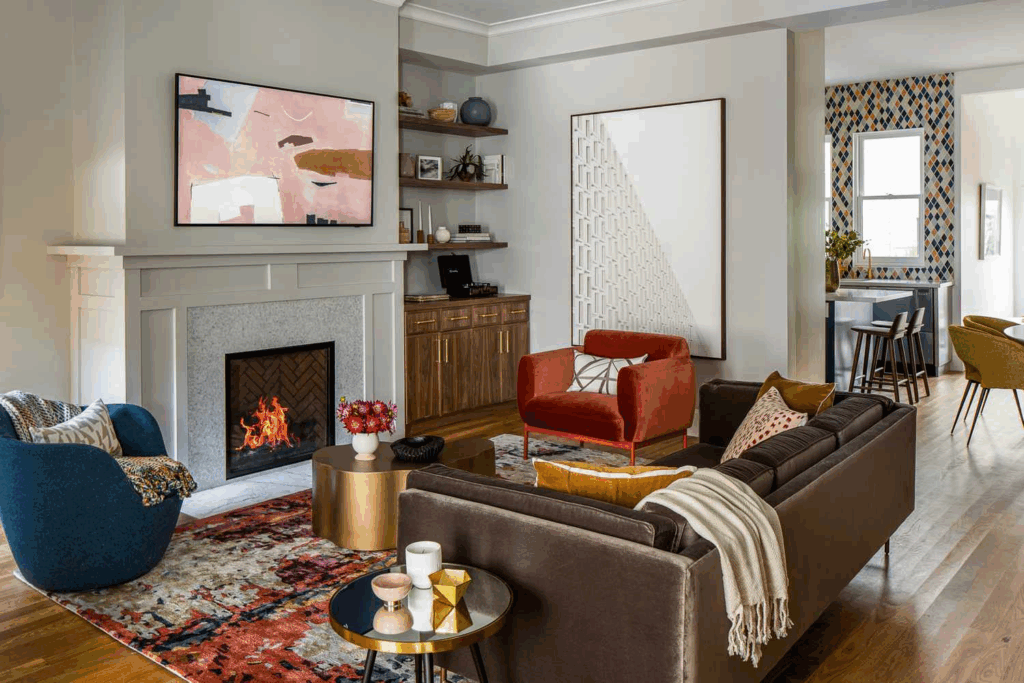
What unites the creators at the forefront of this movement is less a shared aesthetic and more a shared purpose — to slow down. To create spaces that aren’t populated, but experienced. In which each object has a narrative, not through description, but through vibration.
And this is increasingly being translated into how collections are introduced: not through rollouts à la fast fashion, but through experiences — multisensory, stratified, and slow.
“It’s a grammar of atmosphere,” says Unnati. “We’re seeing a kind of cultural quietening — where people are beginning to choose touch over trend. Silence over spectacle.”
At its heart, this is not a design boom. It’s a sensibility shift.
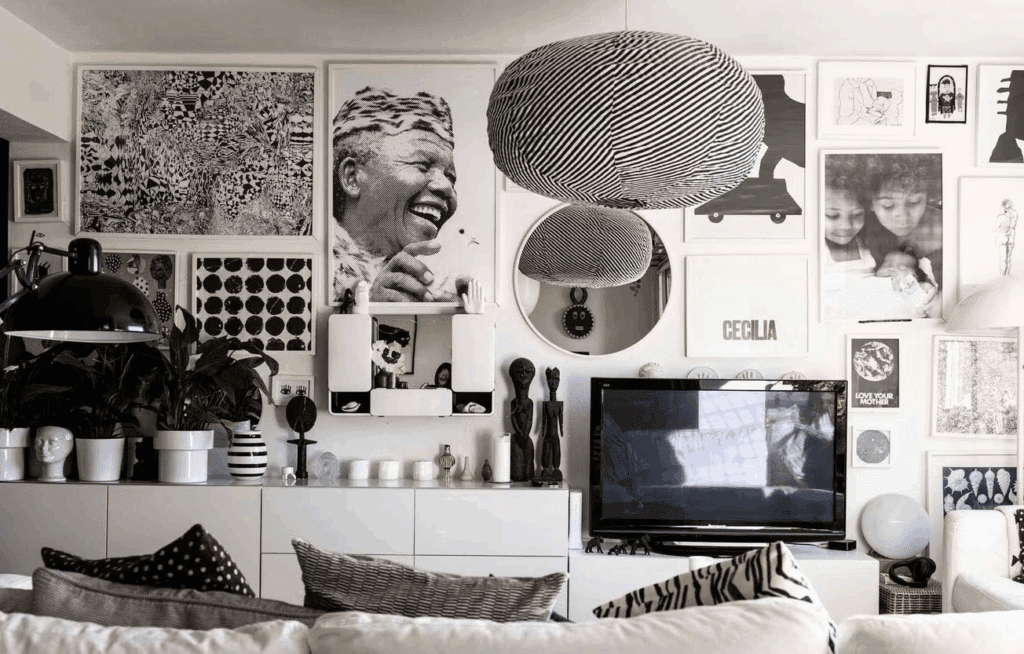
This furniture holds more than form — it holds memory. Of the hands that shaped it. Of the time it took. Of the silence it sat in before becoming yours.
“It’s not about revivalism,” Unnati says. “It’s about re-sensitisation. Making furniture that feels. That listens. That remembers.”
And in a world rushing toward more — this soft, thoughtful design may be India’s loudest idea yet.
Also Read : 5 Bathroom Tile Designs That Bring Bold Style and Soul to Ordinary Spaces

